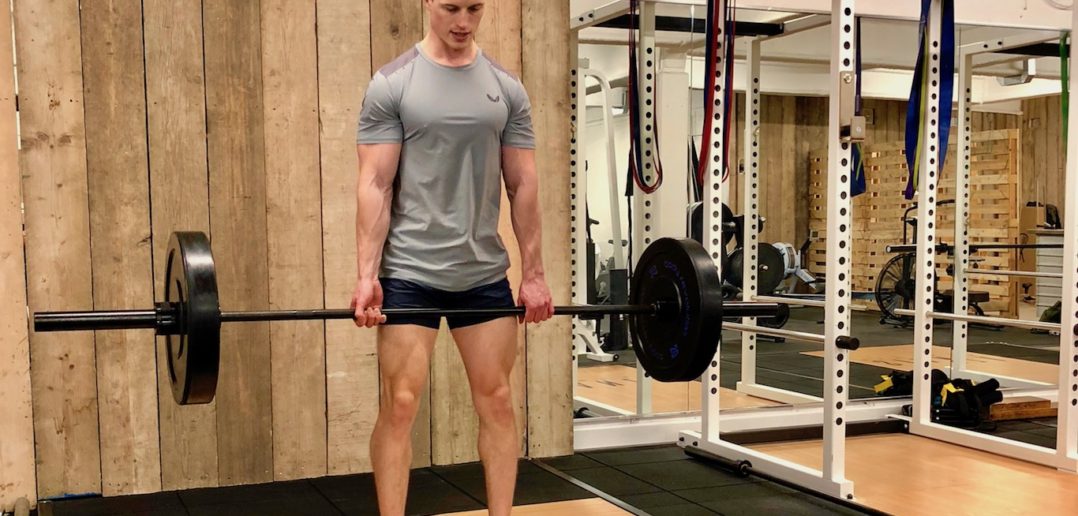

If your goal is to build muscle endurance, you’ll do more reps with less weight. If your goal is to lift the most weight, you’ll do fewer reps with more weight. The number of reps you do in an exercise depends on your goals. Short for “repetitions,” reps help you keep track of your strength workout. In strength training, also known as resistance training or weightlifting, reps are the number of times you complete a single exercise before taking a rest or a break. If you’re serious about strength training, then a one rep max calculator is a valuable tool that can help you track your progress and set realistic goals. The benefits of using a one rep max calculator are that it’s quick and easy to use, and it provides a more accurate estimate than other methods. It then uses a formula to estimate your one rep max based on these factors.

This type of calculator considers your age, gender, weight, and the exercise being performed (e.g., squat, bench press, deadlift). There are a few different ways to calculate your one rep max, but the most accurate method is to use a one rep max calculator or max rep. This is the heaviest weight that you can lift for one repetition of an exercise, and it’s a valuable metric for gauging your progress over time.

If you’re serious about strength training, then you know that one of the most important things to track is your one rep max (or 1RM). So, if you’re ready to find out what your true strength potential is, keep reading! There are a few ways to calculate your 1RM, but today we’re going to use a simple formula that doesn’t require any special equipment. Knowing your 1RM can help you determine your training intensity, choose the right weight for your workouts, and track your progress over time. This is the heaviest weight you can lift for a single repetition. To find out your true 1RM you will have to perform the exercises yourself.When it comes to lifting weights and getting stronger, one of the most important metrics you need to know is your one rep max (1RM). This formula has been proven most accurate however actual results will always vary. There are many fomulas you can use to test your 1RM however we use the Brzycki formula from Matt Brzycki Make sure you maintain perfect form while doing the lift because since you are on the cusp of more weight than your body can safely handle, you are much more prone to injury. While you can perform a one rep max with just about any exercise it is usually only done with the 3 main power exercises, the bench, the squat, and the deadlift. Slowly work your way up to the max lift but don't overexert yourself before the lift. If you have performed a one rep max, or you have worked you way up to performing your first one rep max it is important to warm up before hand. Start out slow with sets of 10, then next week do sets of 6 to 8 and slowly increase the weight week by week until you get up to your one rep max. If you have never perfomed a one rep max is is not recommended that you jump into it right on your first day. It is VERY important that you have a spotter when doing this because if you can't get the lift, you risk seriously injuring yourself. Testing your one rep max is done by slowly working your way up to a weight you can only do once. In my opinion if you aren't competing in powerlifting you will get more of a benefit out of doing at the least 3 reps. There is not a whole lot of benefit to lifting something once. Unless you are training for powerlifting one rep max tests are beneficial only to see how much you can lift in one go. Why Is Figuring Out Your One Rep Max Significant

It is important to determine your overall strength and for those competing in sports such as powerlifting or strongman it can give you a glimpse as to how you will stack up to the competition. Your one rep max or 1RM is the amount of weight you can lift only once for a particular exercise.


 0 kommentar(er)
0 kommentar(er)
